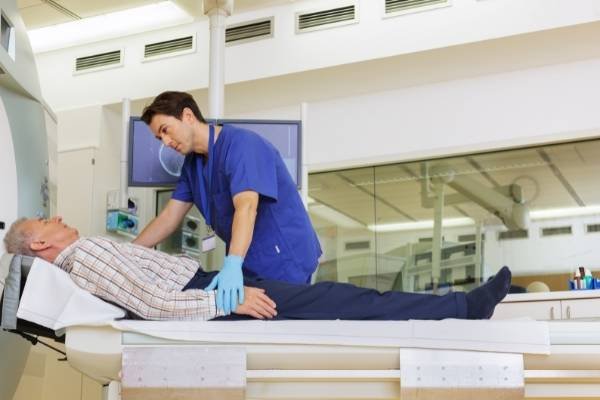Recent study published online in the journal Radiology revealed that coronary CT angiography (CCTA) provides an accurate coronary artery plaque assessment in diabetic patients. It can capture the image of the entire artery with low doses of radiation.

Diabetic patients are at higher risk of heart diseases. High sugar levels gradually damage the blood vessels mainly those that supply blood to the heart and the brain leading to heart attacks and strokes.
Most of the heart attacks are caused by Coronary Heart Diseases (CAD). CAD mostly occurs due to the narrowing of coronary artery that supplies blood to the heart. The deposition of waxy substance called plaque, made of calcium, cholesterol and fibrin builds up obstructing blood supply to the heart leading to heart attacks. Doctors have found two types of plaque calcified (hard or stable) plaque and non-calcified (soft or vulnerable) plaque in the main arteries. Soft plaque is prone to rupture and cause blood clots in the vessel causing fatal heart attack than hard plaque. Predictions of plaque could potentially reduce the risk of heart attacks in asymptomatic high risk patients.
Researchers from The National Institute of Health in Bethesda, Md. and Intermountain Medical Centre Heart Institute, Salt Lake City and Johns Hopkins University studied 224 asymptomatic diabetic patients for plaque assessment. Doctors used the ratio of coronary artery wall volume and the length of the coronary artery to determine the coronary plaque volume index (PVI). PVI depends on age, body mass index (BMI) and length of diabetes.
Obesity was found to be the main modifiable risk factor in diabetic patients for the assessment of coronary plaque by CCTA.
CCTA was found to be a satisfactory imaging technique as it can provide highly accurate information much beyond the stenosis and narrowing of the artery. It could also distinguish between the calcified and non-calcified plaque. This technique can assist doctors to treat patients accordingly before the PVI increases.
About us and this blog
We are a teleradiology service provider with a focus on helping our customers to repor their radiology studies. This blog brings you information about latest happenings in the medical radiology technology and practices.
Request a free quote
We offer professional teleradiology services that help hospitals and imaging centers to report their radiology cases on time with atmost quality.
Subscribe to our newsletter!
More from our blog
See all postsRecent Posts
- Understanding the Challenges of Teleradiology in India January 19, 2023
- Benefits of Teleradiology for Medical Practices January 16, 2023
- Digital Transformation of Radiology January 2, 2023









